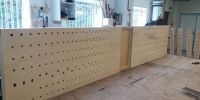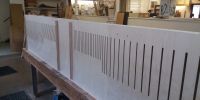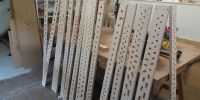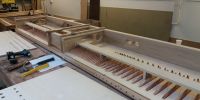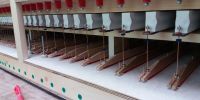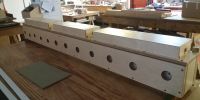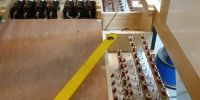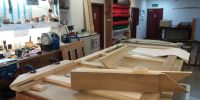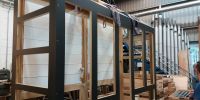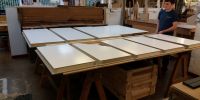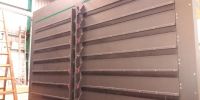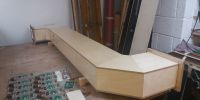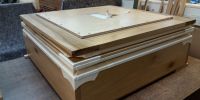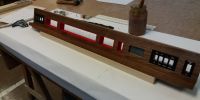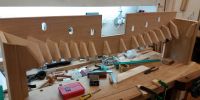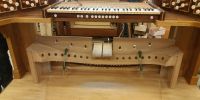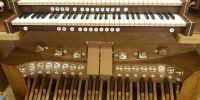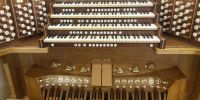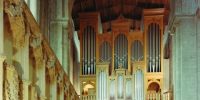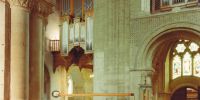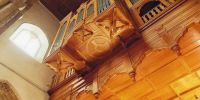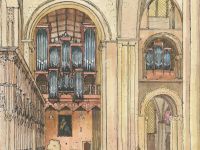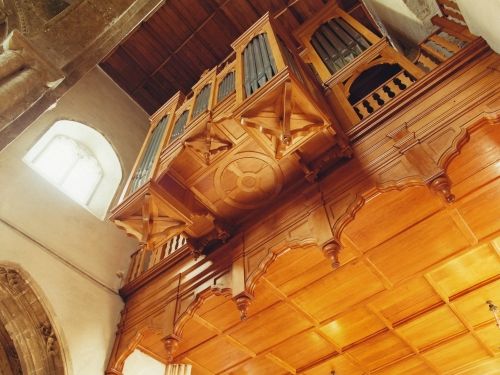
There has been a church on the site of Christchurch Priory since around 800 AD. The present building, which was begun in 1094 by Ranulf Flambard, has had many additions over the centuries but has been in continuous use as a place of prayer and pilgrimage.
In 1539 the Priory was surrendered to King Henry VIII (the Dissolution of the Monasteries). It is said that although the King had intended to pull down the church as well as the Priory’s monastic buildings, in response to a plea from the townspeople, he relented and granted the church to be used as the Parish Church.
From 1973 to 1999, the Priory’s pipe organ had been out of use, silently awaiting restoration. However, thanks to the generosity of many donors and a substantial grant from the National Lottery via the Arts Council, Nicholson & Co. built a new organ incorporating the best of the existing historic pipework.
The new organ is sited on the south transept gallery behind an imposing case of English oak, designed by David Graebe, with front pipes of spotted metal. The Great and Swell pipework which is substantially by Father Willis (1865 and 1880), now has the addition of new pipework by Nicholson. The Choir organ is based on the Alexander Cummings chorus (1788) and housed in a projecting ‘chaire’ case.
The mechanical-action gallery organ is played from an attached console set into the side of the case and a duplicate, mobile four-manual console is sited in the nave and operates an independent electro-pneumatic action via a multiplexer system. The nave triforium division, added by Degens & Rippin in 1964, was renovated and encased and can be played from the fourth manual of both consoles.
The consultant for the Priory was Nicolas Kynaston, who gave the opening recital after Nicholson & Co. completed the project in 1999. Some tonal additions were made in 2000 and 2006.
In 2017, we added a new enclosed Solo division to the instrument.
Gallery
New Solo Organ (2017)
Soundboard and chests
Expression box
Wind system
Console modifications


